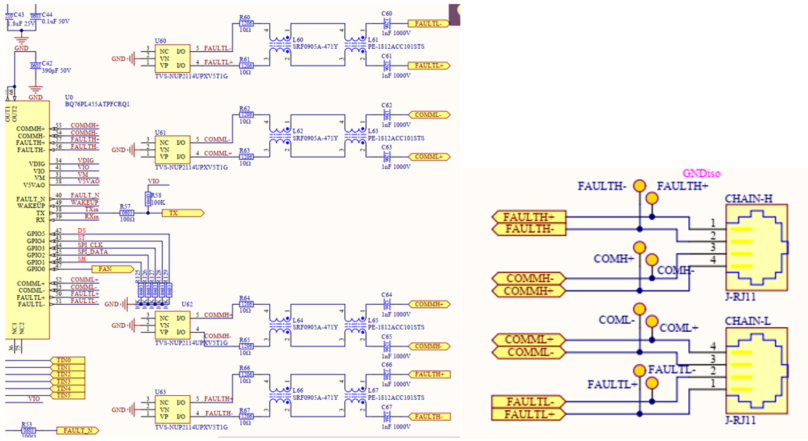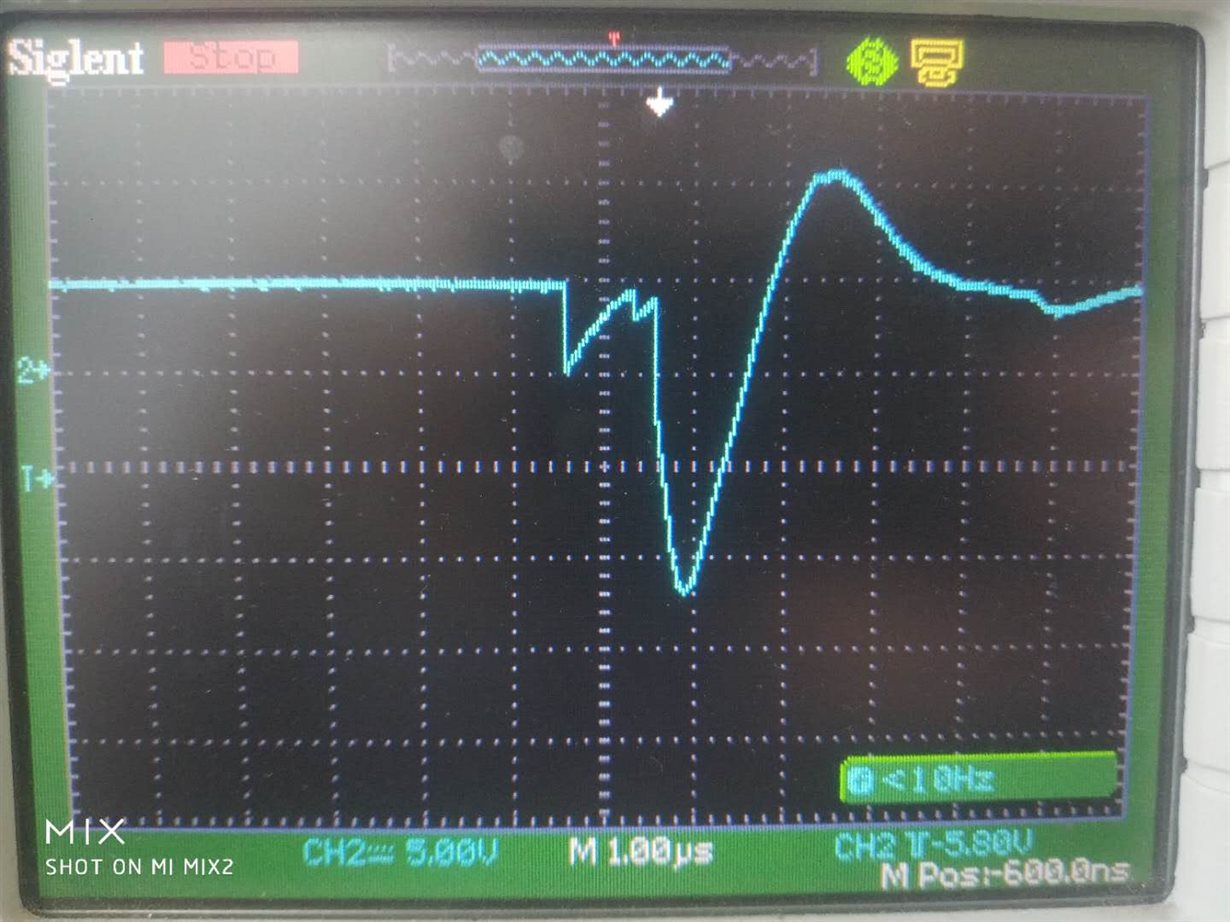-
We have several projects that used a lot of BQ76PL455A-Q1,a major problem has arisen. Out of more than two thousand chips used, more than two hundred had the same problem.The damage rate more than 10%.
- The problem is that the chip's communication pin is damaged.
- There are two phenomena depending on the extent of the pin damage:One phenomenon is a complete loss of communication on one of the communication ports,Another phenomenon is that fewer chips in series can communicate, but more chips in series can't.
- In all of these damaged chips, we measured the communication pin-to-ground resistance to be smaller than normal.
-
Ask a related question
What is a related question?A related question is a question created from another question. When the related question is created, it will be automatically linked to the original question.



